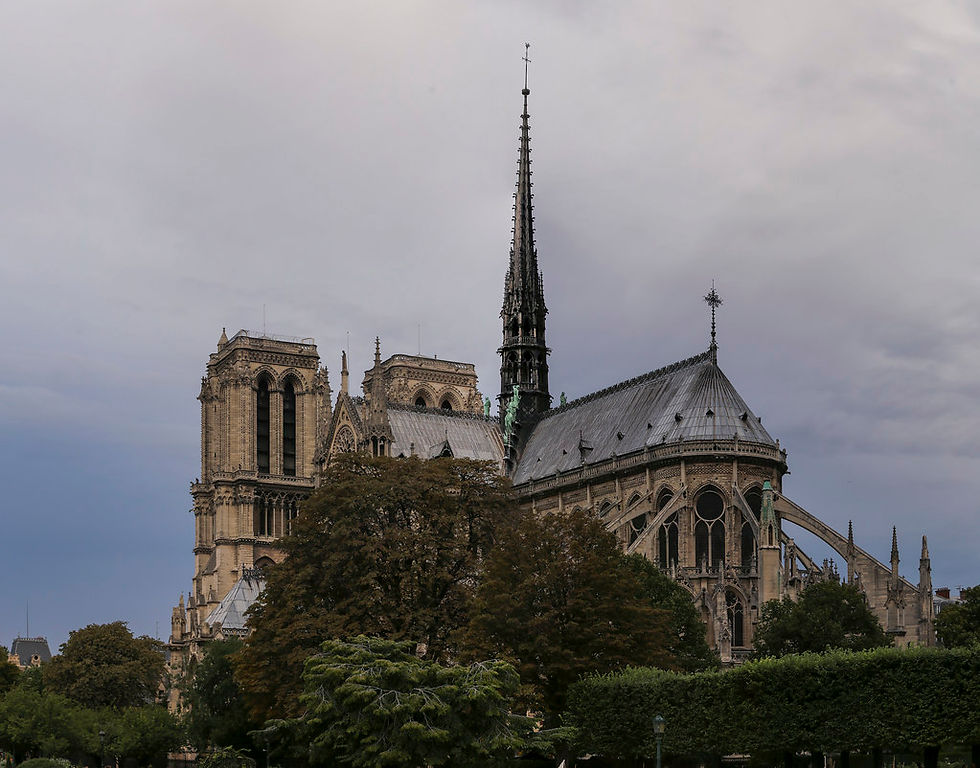Thoughts on Digital Storytelling: Digital to Save the Past
- lowcountrynest

- Aug 22, 2021
- 3 min read
Entry 7:
Digital Storytelling is just the latest brand of storytelling. Storytelling has a long and honored past in the history of humankind. This is how news spreads, religions endure, and legends are made. Certain stories help shape us and expand our emotions and outlook. Stories are our collected history.
Over the last week or so, UNESCO released their 2019 additions to their World Heritage Sites list. Amid the chatter of who made the cut, two articles stood out to me concerning the salvation of cultural heritage. Although, not directly related to digital storytelling themselves, I found it very clear how Digital Storytelling could be a major player.
In the article Importance of digitising cultural heritage highlighted in 'Heritage at Risk' exhibition, Europeana Foundation editor Beth Daley discusses the power of not just digitizing cultural heritage, but contextualizing heritage objects. What good does it do to save something without the story of what it is and why it is important? The Heritage at Risk exhibit does a great job of telling the stories of various historic sites. (In truth, the digital exhibit is a great example of digital storytelling in its own right.)

The new Europeana exhibit “highlights how digital technology is a key part of the conversation around its latest restoration – with technologies such as 3D scanning and modelling, virtual and augmented reality, promising new ways to help the sector in preserving and showcasing cultural heritage.” The exhibit tells the story of multiple cultural heritage sites that allows people all over the world to “visit” from their own homes. This means more people can be impacted by the heritage and will care about it. It spreads the stories of these place previously only seen or known to the locals, archaeologists, and historians.
Europeana Executive Director, Harry Verwayen, sees a natural connection in using modern technologies to preserve the past. Verwayne said:
‘Our museums, archives and libraries contain invaluable, often unique, records of heritage sites throughout their history - architectural drawings, photographs, paintings and written descriptions. Cultural heritage organisations are joining forces and adopting new technologies to preserve and share information about our heritage. By digitising their valuable collections and making the data available to experts, they help to safeguard our heritage sites.’
This week, The Energy and Resources Institute published Digitisation and Preservation of Manuscripts in their Story Telling section. The article was written by Dr. Meeta Rathod Vansadia, a librarian at Sarvajanik Education Society’s BRCM College of Business Administration in Surat, Gujarat. In it, Vansadia discusses how humans have long felt the desire to communicate with future generations. She writes:
Since centuries, these rich practices and values are being passed on to the next generation, through different formats. This form could be in, written, visual, audio, pictures, dance, music, verbal etc. It is very important and essential to preserve and conserve these culture and values. It helps the future generation to understand the lifestyle of the past generation. Further, it also reflects the society and its mindset. In fact, it is very interesting to look back and visualize them. It is also very remarkable to note that, human being have always made an attempt to communicate and express in different forms, and forwarded to the next generation. It is the duty of the present generation to preserve and conserve for the future.
I am very interested how our increasingly digital culture will preserve today’s stories for generations of tomorrow. Already, our technology has moved far past floppy discs and even cd-roms. Even now, thumb drives are being passed over in favor of strictly online sharing resources like Google Docs and Word Online. There is decreasing “physical” things to share and stories are only shared with those invited to see them. As someone who loves cultural heritage and has a great interest in anthropology and archaeology, I cannot help but wonder how the future will go about saving our stories of today if they cannot access or find them.







Comments